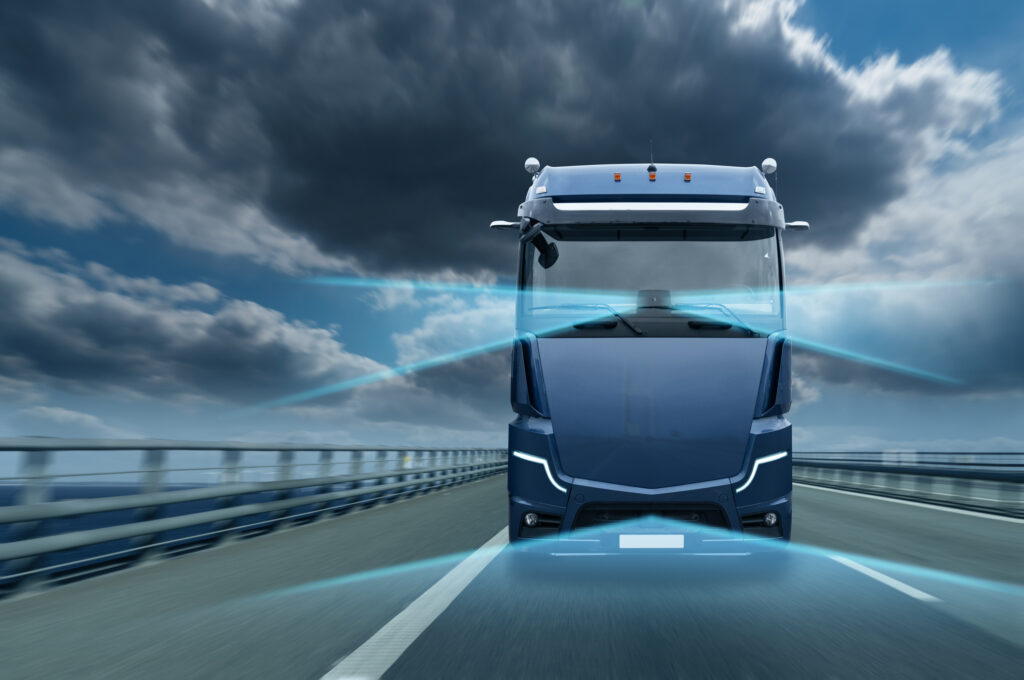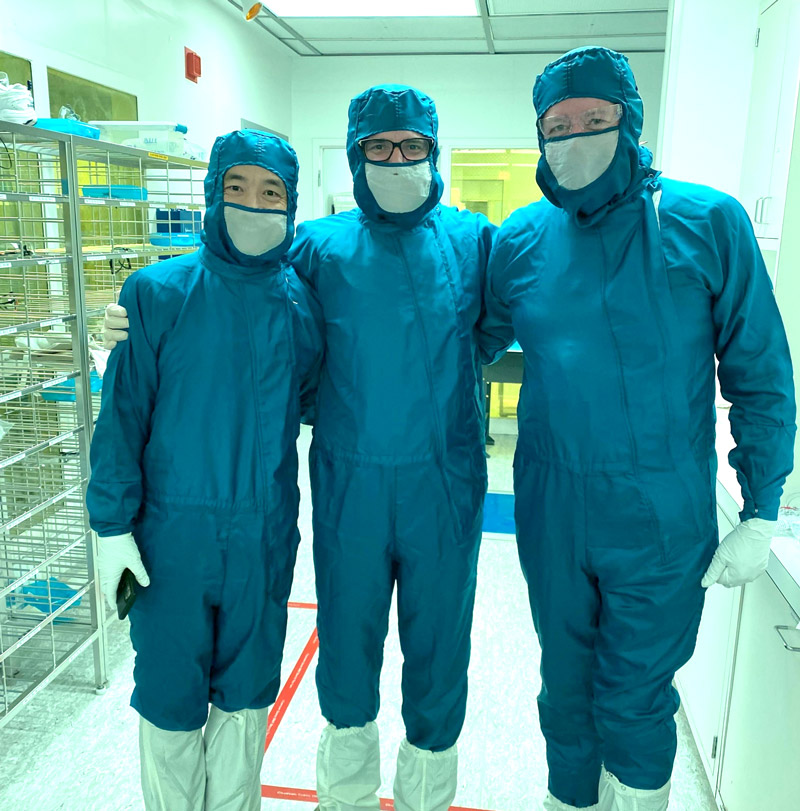A Big, Fast, Robust Step-Scanning MEMS Mirror Delivers Better LiDAR

Omnitron Co-founder & CEO Eric Aguilar recently spoke with Tech Briefs about the role of MEMS step-scanning mirrors in solving performance, price and reliability issues with LiDAR used in autonomous systems. Eric shared some key perspectives on the topic. Scroll to the end of the post for a link to his Q&A with Tech Briefs Editor Ed Brown.
LiDAR’s potential to transform autonomous systems is massive — yet technical shortcomings in its optical subsystems have delayed its widespread acceptance. We’ll delve into the pivotal role of how a step-scanning MEMS mirror is enhancing LiDAR’s capabilities while bringing LiDAR in line with BOM costs for robotic systems.
Where is LiDAR Today?
The tech sector invested an astonishing $2.6B in LiDAR in 2021 and billions in prior years, says the research firm Yole Intelligence, part of Yole Group. But investment plunged to $184M as of July 2022. And by 2032, just 10% of all cars are expected to include LiDAR. Why such a small percentage?
It may seem incongruous, but LiDAR — which stands for light detection and ranging — is still growing at a healthy pace. For the automotive market alone, Yole predicts it will reach $4.5B in 2028, encompassing both passenger cars (PCs) and light commercial vehicles (LCVs). This revenue figure represents a whopping 55% CAGR from 2023, according to Yole.(1)
IDTechEx is even more optimistic in their predictions. A recent IDTechEx report projects that the LiDAR market for automotive will reach $9.5B by 2034.(2)
What’s amazing is that LiDAR is growing despite all of its warts. If it were properly realized, LiDAR would be everywhere by now, providing the real-time 3D vision that’s essential to wide-ranging applications, from automotive advanced driver assistance systems (ADAS), robotic cars, and drones to industrial robotics and augmented reality (AR)/virtual reality (VR) applications. Except for the most expensive applications, including satellites, aircraft/spacecraft, and topographical exploration, LiDAR has come up short. But that’s about to change.
Comparing LiDAR, Cameras, and Radar
Although it’s been around for decades, LiDAR’s implementation lags far behind more mature vision technologies such as cameras and radar. Yet LiDAR is worth our attention. Cameras lack depth, which is essential for robots to understand their environment. And they can’t see at night, which slashes their efficacy. Radar also has its limits. First and foremost, it lacks resolution, which means that it can’t differentiate a car from a person. Yet, radar is especially valuable in bad weather because it will continue to function, while LIDAR can be affected adversely by rain or snow.
Complementing both cameras and radar, LiDAR offers its own unique attributes. It provides depth information and functions seamlessly at all levels of light because it uses an active light source. It also delivers excellent resolution, so it can perceive both moving and stationary objects. Together, cameras, radar, and LiDAR provide the core technologies for autonomous-navigation systems, whether those systems are in a car, a delivery drone, or a robot on the factory floor.
Historically speaking, LiDAR’s main pain point has been its cost. That’s because it’s a complex technology that requires great precision in terms of alignment and calibration. In addition, the automotive environment is notoriously tough in terms of vibration and temperature fluctuations that can cause continuous expansion and contraction of the optical system.
Meeting the Requirements with a Step-Scanning MEMS Mirror
Automotive manufacturers need small, sleek, affordable step-scanning mirrors that fit in a car’s roofline—and that are robust enough to handle high vibration as well as temperature variation. A new generation of MEMS mirrors that are about the size of a dime are large enough, at 15mm in diameter, to move the tens of degrees needed for a wide field of view. This MEMS mirror also performs step-scanning, so it meets the performance demands of the automotive environment. Plus, this new device has a very powerful silicon motor behind it, so it’s fast enough for long-range LiDAR.
Our approach to achieving precise and reliable step scanning in our MEMS mirror is threefold, including: a high-performance motor, an in-situ feedback mechanism, and a robust control system. By integrating these three key elements, we provide a step-scanning MEMS mirror solution that offers high precision, speed, and reliability, making it suitable for a wide range of applications where accuracy and rapid response are paramount.
Achieving a step-scanning MEMS mirror that meets all the requirements of LiDAR has been no mean feat. We know because we’re doing it. To make it work, we’ve developed a new topology for MEMS, which features the rearrangement of silicon process steps and a new packaging method. The result of our foundational work is a MEMS step-scanning mirror that’s robust and reliable, and low-cost in mass-produced volumes. It is, in short, a MEMS mirror that will solve the most serious problems with LiDAR, driving autonomous navigation systems to a whole new level.
We are currently in the process of commercializing our MEMS mirror through fabrication with our foundry partner. We’re also engaging with automotive OEMs and Tier 1 suppliers who are excited at the prospect of a large, robust, low-cost step-scanning MEMS mirror that will meet the most rigorous demands of LIDAR in autonomous navigation.
Read the complete Q&A with Tech Briefs article here: Better LIDAR in Autonomous Systems Starts with MEMS. (Free registration may be required.)
References:
1: LiDAR for Automotive 2023, Yole Intelligence, Pierrick Boulay, Jérôme Mouly, Martin Vallo
2. Lidar 2024-2034: Technologies, Players, Markets & Forecasts, IDTechEx, Dr. Xiaoxi He



